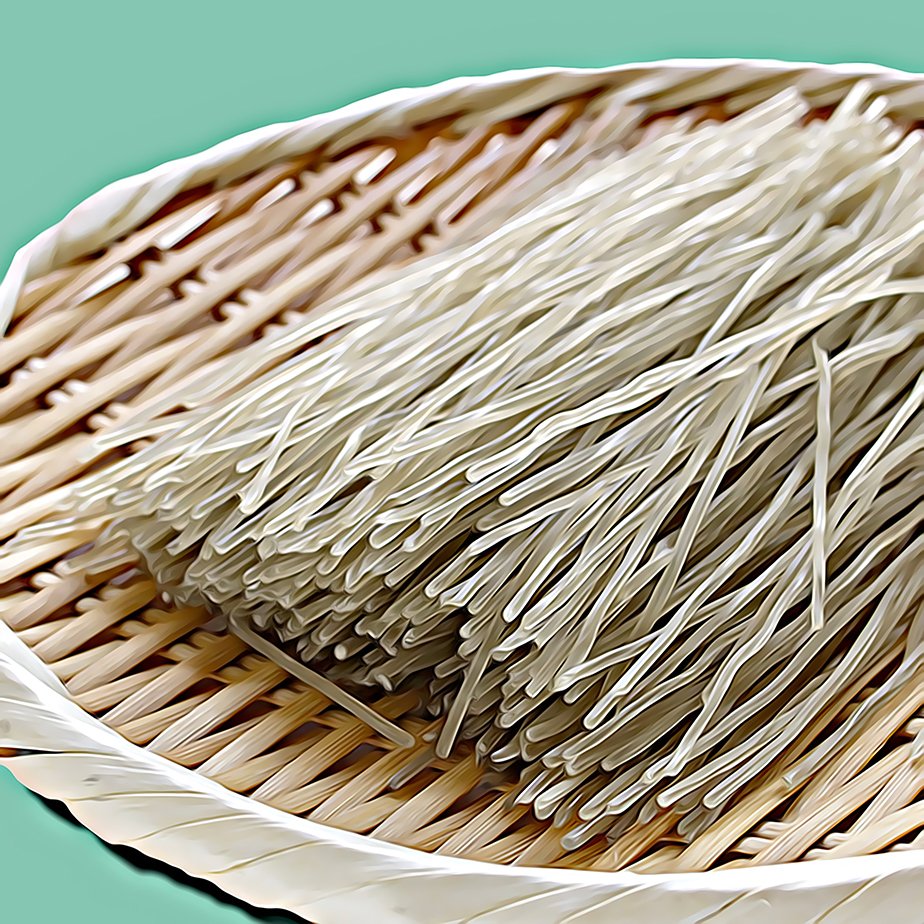Date molasses
Why hello, pantry! You’re looking a little crowded. Yep, we really have to rummage to find certain things in our pantry lately. (Well, in one of our pantries. As in ‘the pantry of one of us.’ Because who has multiple pantries?) We can never find the chilli flakes when we crave some on our pasta; they’re buried in the general spice mess. There’s evaporated milk that seemed like a good idea at the time… now it’s languishing at the back with some long-expired brown rice. You get the picture. But what we don’t have to rummage for is our current fixation – date molasses. Technically a sugar by any other name, date molasses (also called date syrup, date honey, silan, dibs or dibis) is made by cooking dates with water, pureeing them, straining the mixture, then reducing the liquid to a thick, syrupy consistency. Some people even make it themselves; we’ve never tried but the process does not sound particularly difficult. Maybe just messy.
So, unlike refined sugars, date molasses retains the goodness of fruit, making it higher in magnesium and potassium than other natural sweeteners like honey and maple syrup. It also contains antioxidants and amino acids. We’re not experts – so don’t hold our feet to the fire – but from what we read, date molasses is healthier than popular sugar substitutes like agave syrup and rice syrup. It’s still a sugar however so we wouldn’t recommend chugging it down; not that we are here to offer health advice. And once you taste it, you just might want to chug it down.
A staple in kitchens as far-flung as Libya, Algeria, Lebanon, Iran and the Persian Gulf – it’s even used in a region of Bangladesh – date molasses tastes divine. Its history reaches back thousands of years to ancient Mesopotamia and Egypt when it was the primary sweetener; dates were revered as fertility symbols and also signified prosperity. It’s thought that the ‘honey’ referred to in the bible’s O.T. was actually fruit honey (likely from dates), and not bee honey.
Deep, rich, fruity-flavoured and caramel-y, it’s addictive in both sweet and savoury situations. Some people even sweeten their tea and coffee with it, or drizzle it over their morning porridge, pancakes or yoghurt. Date molasses in combination with tahini is called dibis w’rashi, and it’s a favourite breakfast in Middle Eastern countries, served with bread for spreading on or dipping into. Yum.
It’s easy to buy; you’ll find date molasses in major supermarkets as well as health food stores or Middle Eastern grocers, if you’re lucky enough to have one in your ‘hood. It doesn’t need refrigerating, lasting about 18 months in a cool, dark place. As you can see from our Date Molasses and spice cake recipe, we use it regularly in baking. And in savoury situations instead of honey, especially where a recipe leans Middle Eastern or North African. It’s pretty versatile stuff. Note that some versions of date molasses are thick and almost paste-like while others are pretty runny but the commercial ones we’ve seen in NZ are the runnier sort.






